Chosen theme: Recycled Architectural Elements. Welcome to a home for design lovers who believe old materials deserve new life. Together we’ll turn timeworn beams, bricks, windows, and ironwork into spaces that feel soulful, sustainable, and uniquely yours—subscribe and join the conversation.

Embodied carbon you can actually see
Reusing a timber beam, a brick, or a steel handrail avoids the carbon-intensive processes of harvesting, firing, and smelting. Multiple life cycle assessments show reuse can dramatically cut embodied emissions while preserving craftsmanship. Share how you’ve measured impact, even informally, on your projects.

Heritage woven into daily life
A door with old key scars, a threshold polished by footsteps, or a lintel marked by hand tools keeps history alive. One reader salvaged rafters from a family barn; every knot now frames bedtime stories. What heirloom elements would you bring into your home?

Circular economy in your neighborhood
Local salvage yards, deconstruction crews, and material exchanges create skilled jobs, keep materials circulating, and reduce landfill pressures. Buying close to home cuts transport impacts and strengthens community networks. Drop your trusted regional sources below so others can explore nearby opportunities.
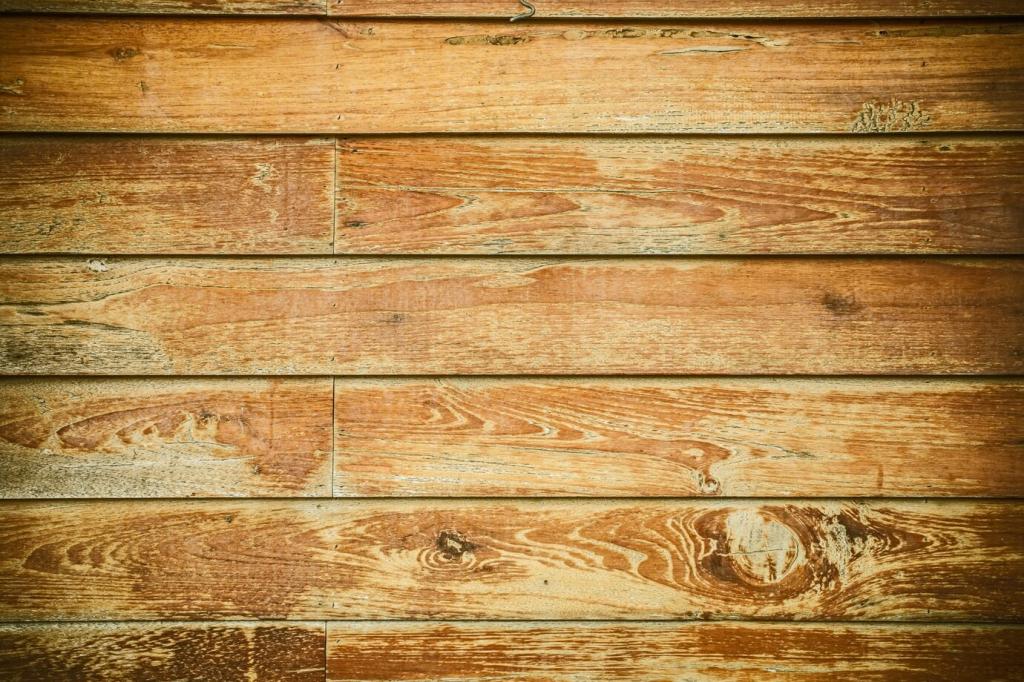

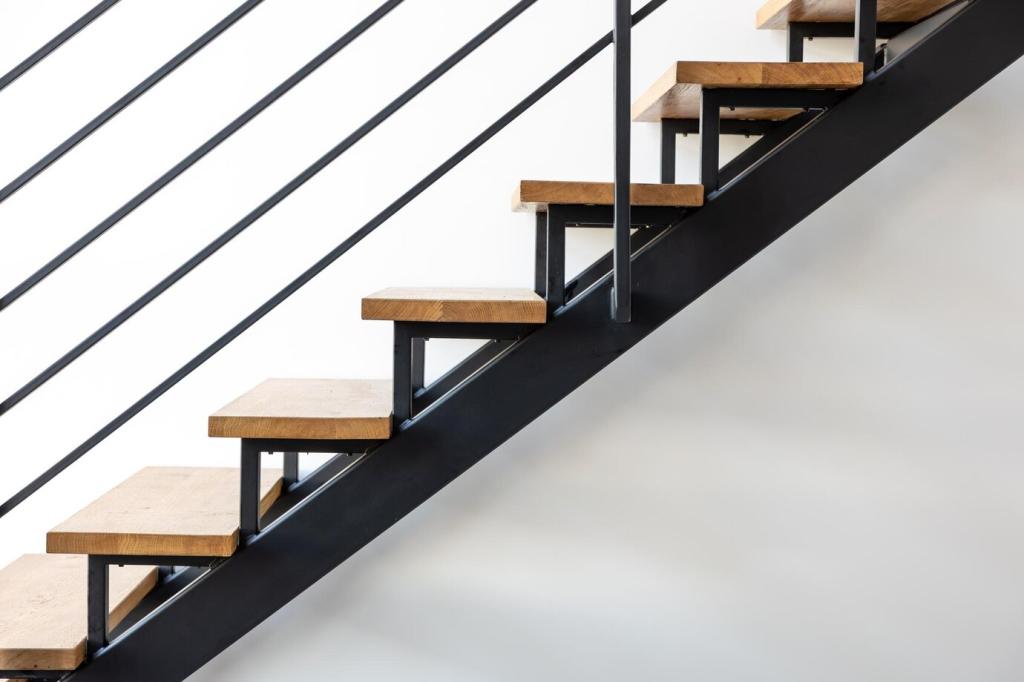
Balancing old textures with clean lines
Pair rough-sawn beams with crisp plaster, or hand-molded brick with minimalist cabinetry. Keep silhouettes simple so the eye rests on grain, tool marks, and color variation. If in doubt, edit. Then edit again. Which pairings feel authentic in your rooms?
Creating focal points with story-rich layers
One antique newel post can anchor an entry, just as a reclaimed factory window can frame a kitchen pass-through. Use lighting to skim surfaces and reveal depth. Layer pieces sparingly—hero elements deserve breathing room and purposeful placement to avoid visual noise.
Finishes that respect age, not erase it
Gentle cleaning, clear waxes, penetrating oils, and limewash preserve character while providing protection. Avoid heavy sanding that erases history. Test finishes on offcuts, and let samples live in the space for a week. Share your favorite finish formulas and brand tips below.
Structure, Safety, and Codes
Have engineers or qualified suppliers grade reclaimed lumber and assess loading. Ultrasonic thickness checks can validate steel sections. For brick and stone, inspect for cracks, freeze-thaw damage, and salt efflorescence. Responsible reuse pairs charm with certified performance, not wishful thinking.
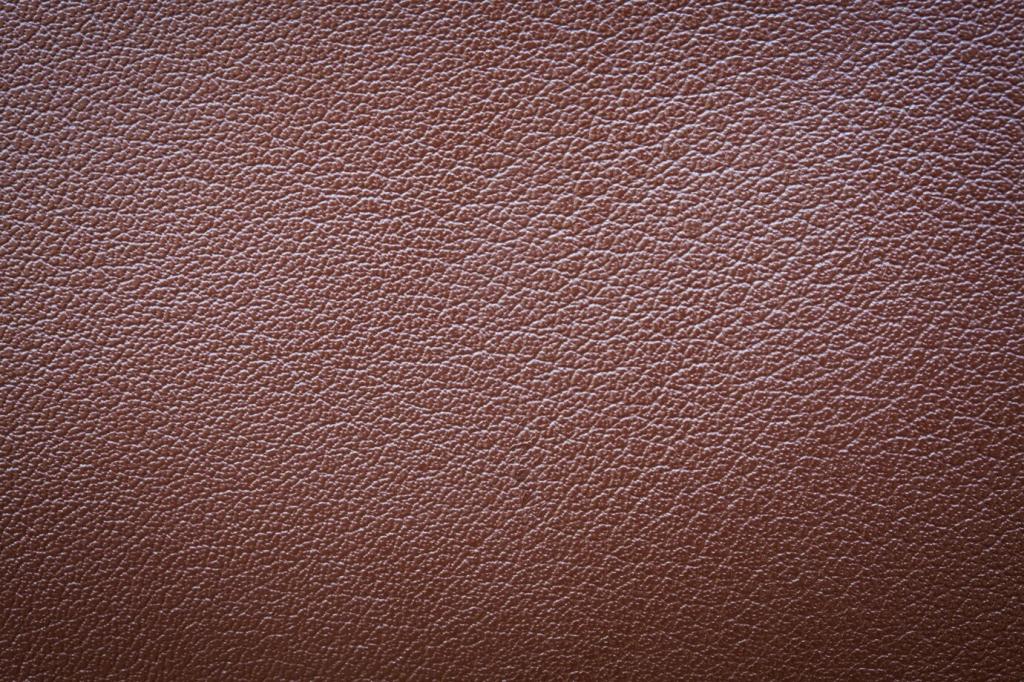
From mill floorboards to a music room
We salvaged maple planks from a shuttered textile mill; the nail holes became staccato notes across the floor. After refinishing, the boards still whisper machine rhythms. Visitors tap along, and the room’s acoustics feel inexplicably warm and welcoming.
Greenhouse built from orphaned windows
A neighbor gathered mismatched sash windows from estate sales and a church renovation. We squared frames, added safety glazing where required, and created a dappled sanctuary. Tomatoes thrive, and winter herbs persist. Share photos if you’ve stitched light together from discarded panes.
A mosaic patio of mismatched bricks
Short runs, odd sizes, and fire-scorched bricks became a herringbone story with improvised borders. Children now trace routes between kiln marks during evening games. Once landfill-bound, these pieces host dinners, laughter, and barefoot summers, proving patchwork can feel beautifully intentional.
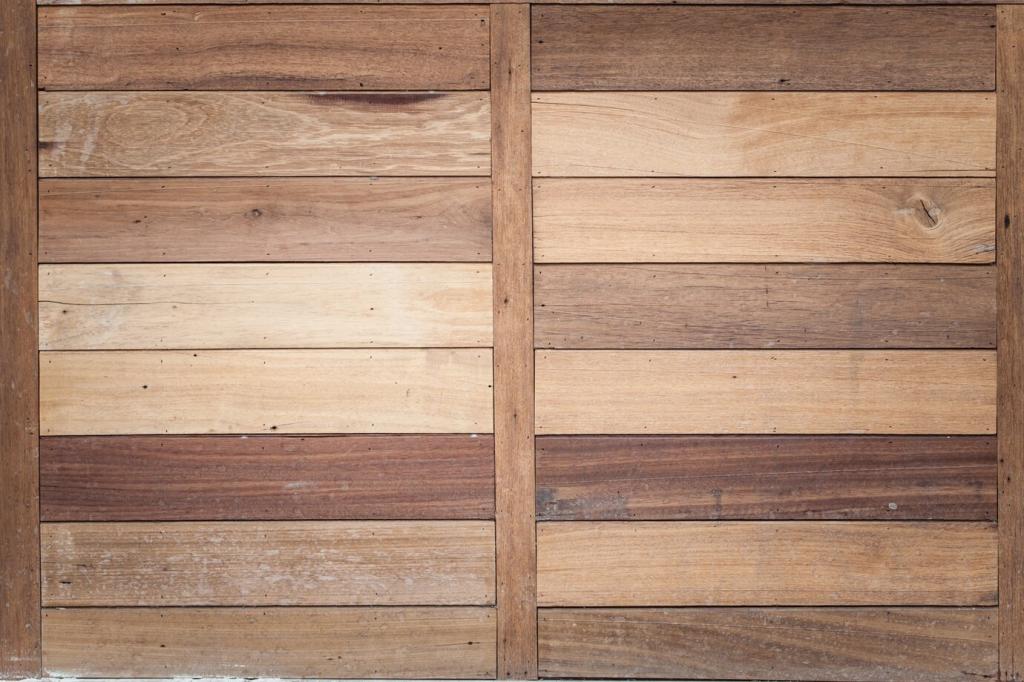

DIY Projects With Reclaimed Finds
Choose a solid-core door, add breadboard ends for stability, and top with glass or a durable finish. Hairpin legs keep things airy. Fill hardware voids with contrasting plugs that proudly show the past. Post your before-and-after to inspire someone’s weekend project.
DIY Projects With Reclaimed Finds
An old painter’s ladder becomes vertical greenery with cedar shelves and discreet cable ties. Seal lightly to retain splatters as accidental art. Place near a bright window, minding weight distribution. Tag us when your pothos finally cascades like a living curtain.
Care and Maintenance
Wood: clean, stabilize, and nourish
Vacuum with a brush, avoid soaking, and lift grime with mild soap. Consolidate soft areas using appropriate wood hardeners. Feed with penetrating oils, then buff. Track humidity to prevent seasonal gaps. Share your go-to repair epoxies and touch-up techniques for tricky corners.
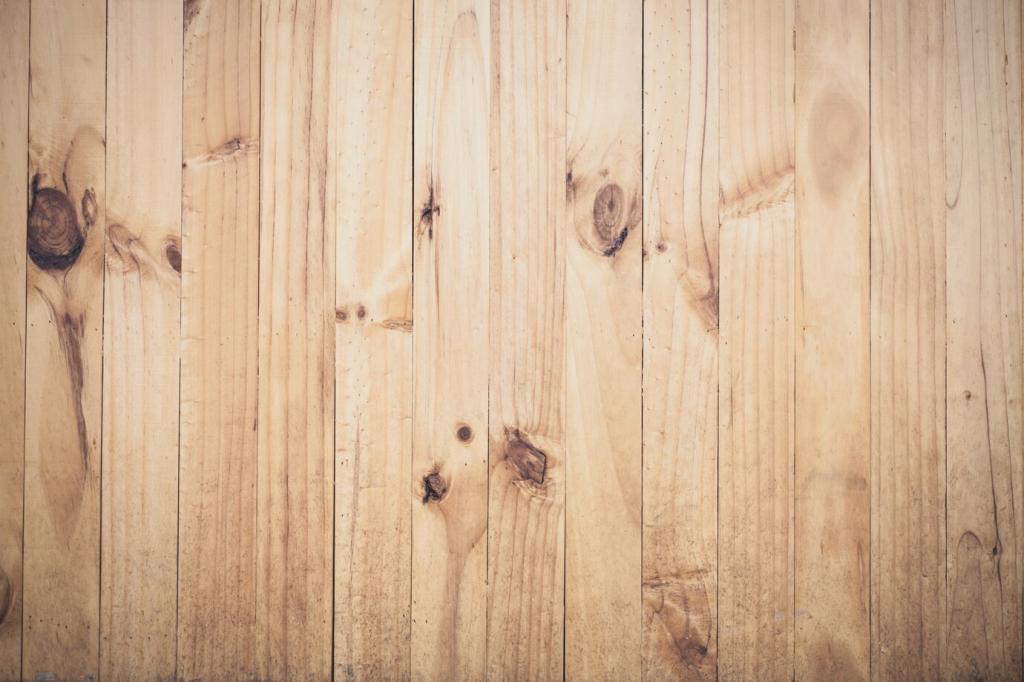

Metal: respect the patina, stop the creep
Neutralize active rust, then seal with microcrystalline wax or clear coats rated for interiors or exteriors. Avoid stripping every mark; those layers tell the story. Tighten fasteners, isolate dissimilar metals, and revisit annually. What rust-inhibitor brands have truly held up for you?

